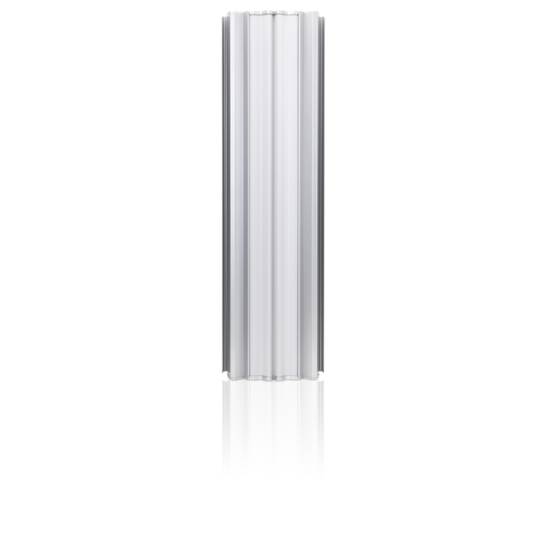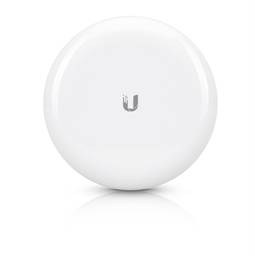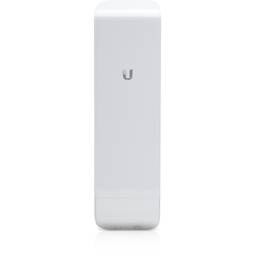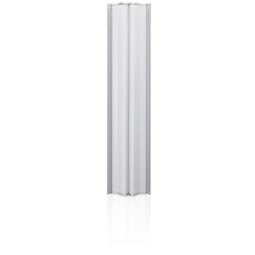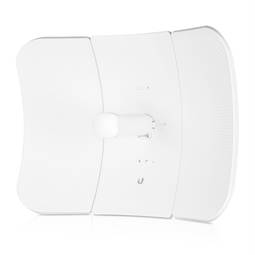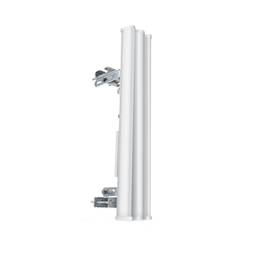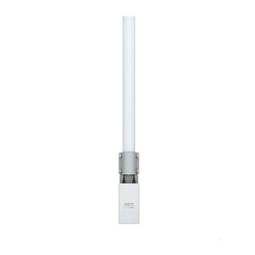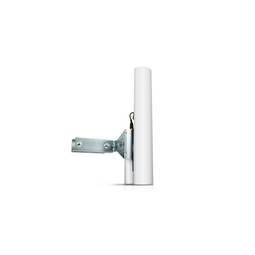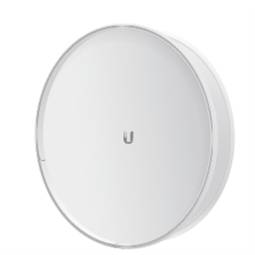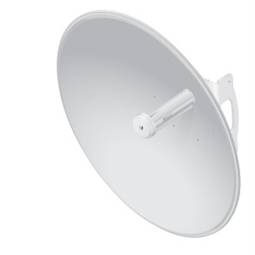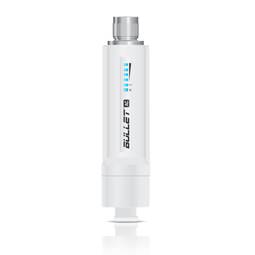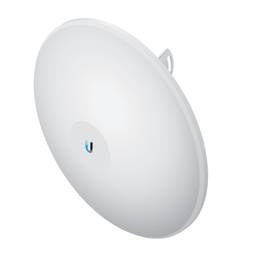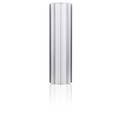11/22/2025 3:27 a.m.
https://cablematic.com/en/products/ubiquiti-airmax-am-5ac22-45-5-ghz-cector-antenna-with-22-dbi-and-45deg-angle-UI134/
https://cablematic.com/en/products/ubiquiti-airmax-am-5ac22-45-5-ghz-cector-antenna-with-22-dbi-and-45deg-angle-UI134/
Ubiquiti AirMax AM-5AC22-45 5 GHz cector antenna with 22 dBi and 45° angle
REF: UI134
Specifications
- Ubiquiti Networks airMAX ac 2x2
- Antenna gain (max): 22 dBi
- Band frequency: 5.1 - 5.8 GHz
- Horizontal beam width: 45°
- Polarization: Dual Polarization
PVP
€232.31
Price including VAT:
€232.31
PVD
€188.57
PVP: Retail price.
Check conditions.
PVP: Sale price to distributors.
Check conditions.
warranty
returns
safe
We will notify you when it is back in stock.
Specifications
- Ubiquiti Networks airMAX ac 2x2
- Antenna gain (max): 22 dBi
- Band frequency: 5.1 - 5.8 GHz
- Horizontal beam width: 45°
- Polarization: Dual Polarization
More info
High performance Ubiquiti antenna with a maximum gain of 22 dBi, covering a frequency band from 5.1 to 5.8 GHz. Its horizontal beam width is 45° and it offers dual polarization. The Voltage Standing Wave Ratio (VSWR) is 1.5:1. The mounting is for wall, with a width of 173 mm, depth of 78 mm and a height of 750 mm. Supplied in packs of 1 piece. Manufactured by Ubiquiti with reference AM-5AC22-45.
Specifications
- Ubiquiti Networks airMAX ac 2x2
- Antenna gain (max): 22 dBi
- Band frequency: 5.1 - 5.8 GHz
- Horizontal beam width: 45°
- Polarization: Dual Polarization
- Voltage Standing Wave Ratio (VSWR): 1.5:1
- Mounting: Wall
- Width: 173mm
- Depth: 78mm
- Height: 750mm
- Quantity per package: 1 pc(s)
- Ubiquiti manufacturer reference: AM-5AC22-45
- Ideal for: Providing high-speed, high-range wireless connections.
- Compatibilities: Compatible with airMAX ac technology.
- Colour: Black
- Technology: airMAX ac
- Gross Weight: 8.0 kg
- Number of packages: 1
Technical terms
- Hz
- dBi
Hz
One hertz is one cycle per second, meaning repeating cycle as an event. For example, hertz is applied physics measuring the number of times for a second wave (either acoustic or electromagnetic) is repeated or can be applied, among other uses, to ocean waves that reach the Beach vibrations per second or a solid. The quantity that measures the frequency hertz is called,in this regard, the inverse of the period. One hertz is an oscillation frequency of suffering a particle over a period of one second.




